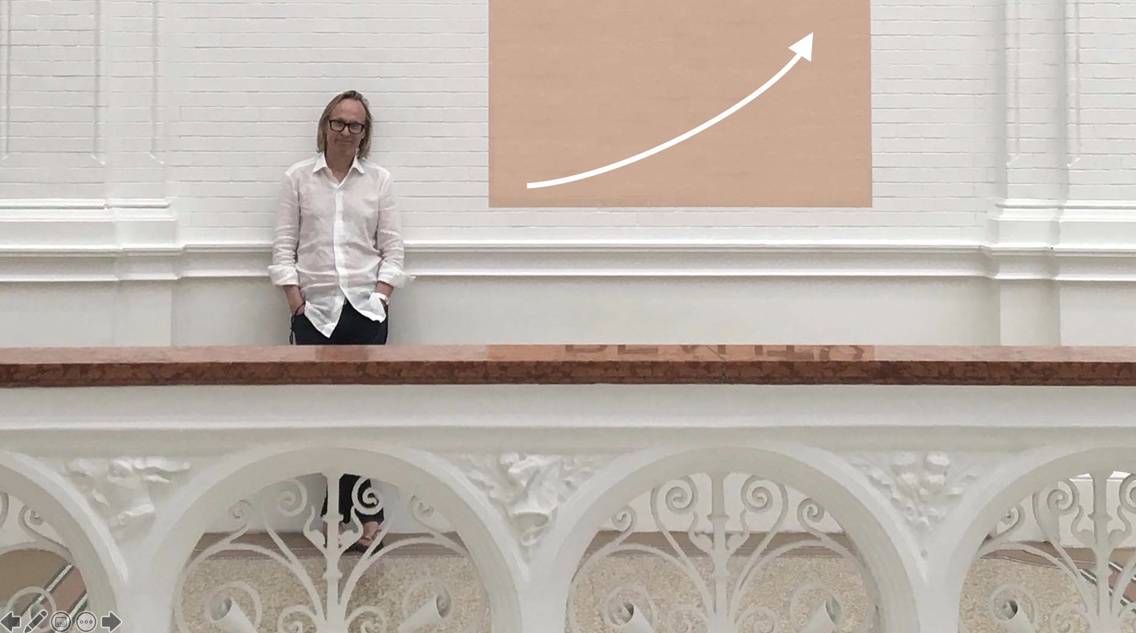An impressive curve
In the ten-year period from 2011 to 2021, the number of students in Norway increased from approximately 230,000 to 306,000, ie more than thirty percent and significantly more than population growth. The proportion of the population in higher education increased significantly, by 23 per cent.
Figure 1: Population and student growth between 2011 and 2021. The upper line shows the percentage change from 2011 in the number of students in Norway. The lower (dotted) line shows the change in population.
During the ten years from 2011 to 2021, the university and college sector changed in other ways than the number of students. The dynamics of political measures such as the quality and structural reforms led to a number of institutions of colleges merging or meeting the requirements for full university accreditation. The number of universities increased from eight to ten, while the number of colleges decreased to halfe, as shown in Figure 2. The colleges went from having the majority of students in Norway to having less than a third, as Figure 3 shows. Student growth combined with the reduction in the number of institutions doubled the average number of students at the institutions.
Figure 2: Number of universities and colleges from 2011 to 2021: Number of colleges is dotted curve. Source: DBH.
Figure 3: Number of university and college students from 2011 to 2021. College students are dotted line. Source: DBH.
An example of this journey is that the Norwegian University of Science and Technology (NTNU) became Norway's largest university in 2016 when it took over Gjøvik University College, Ålesund University College and Sørøst-Trøndelag University College. This increased the number of students at NTNU by more than sixty percent and led to a doubling in the number of students over the ten-year period, as shown in Figure 4. The organic growth of the institutions that now make up NTNU, ie the growth of the collection of these institutions over the ten-year period, was good. 28 percent. However, since growth in the sector as a whole was higher, NTNU and the institutions brought in lost market share. So did several others. Figure 5 shows how the market share of some institutions has changed in ten years. We see that VID, UiA, HiNN, and UiB have had a good development in market share, where VID has increased its market share by approximately 20 percent. The others in the sample have lost market share.
Figure 4, accumulated organic and non-organic change in the number of students at NTNU from 2011. The upper graph shows the change as a result of business transfers of three colleges. The lower graph shows organic growth (where students at the business-acquired colleges are included even before they became part of NTNU). We also see that organic growth was lower than student growth in the sector as a whole. Source: DBH.
Figure 5, changes in market shares for Norwegian universities and colleges since 2011. Here we use organic growth for the organizations, ie that infused institutions are taken into account even before they were infused. Source: DBH.
And then I come to a fanfare - ta-da !. Because I left out an institution from Figure 5, namely Kristiania. Figure 6 is the same as Figure 5 with one difference, the development of Kristiania's market share is included. It shows that Kristiania through organic growth has increased its market share by almost four hundred percent.
Kristiania's development is unparalleled in Norway. With 19,000 students, Kristiania is today a large institution.
